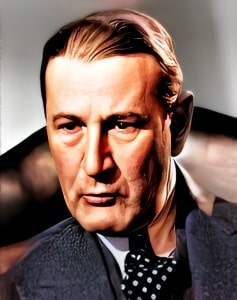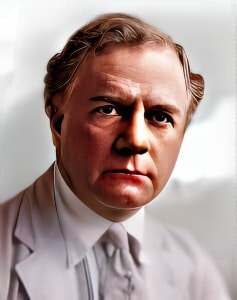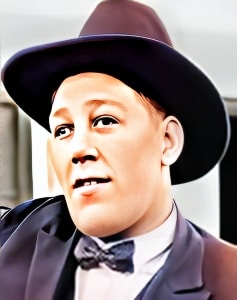 Morgan Wallace, a notable actor from the silent film era, was born on July 26, 1881, in Lompoc, California, USA.
Morgan Wallace, a notable actor from the silent film era, was born on July 26, 1881, in Lompoc, California, USA.
In “ One Exciting Night,” released in 1922, Morgan Wallace portrayed the character J. Wilson Rockmaine, a significant role in the film. His performance as J. Wilson Rockmaine added depth and complexity to the story, making it a noteworthy highlight in the movie’s cast. Wallace’s interpretation of this character showcased his acting versatility, allowing him to convey the nuances and emotions that enriched the film’s narrative.
Morgan Wallace’s career spanned the silent film era and extended into the early years of sound cinema. His transition to talking pictures was relatively smooth, demonstrating his adaptability as an actor during a transformative period in the industry.
While “ One Exciting Night” remains one of the notable entries in his filmography, Morgan Wallace’s contributions to cinema were not limited to this single performance. His work in numerous silent and sound films left an indelible mark on the history of American film.
Morgan Wallace’s acting career thrived during a time when the medium of film was still in its infancy, and the demands on actors were different from what we see today. Silent film actors had to convey emotions and messages primarily through facial expressions and physicality, and Morgan Wallace was adept at this. His ability to communicate with the audience without the benefit of spoken words was a testament to his talent.
Morgan Wallace passed away on December 12, 1953, at the age of 72. While his career waned as the silent era gave way to the talkies, his legacy endures as a reminder of the early days of cinema. He played a pivotal role in shaping the medium’s storytelling techniques and entertaining audiences during a time of significant change in the world of film.
Morgan Wallace’s contributions to “ One Exciting Night” and the broader cinematic landscape of his era remain a testament to his acting prowess and the enduring appeal of silent cinema. He may not be as widely remembered today as some of his contemporaries, but his work continues to be celebrated and studied as an important part of the rich history of American film.

 Morgan Wallace, a notable actor from the silent film era, was born on July 26, 1881, in Lompoc, California, USA.
Morgan Wallace, a notable actor from the silent film era, was born on July 26, 1881, in Lompoc, California, USA.


